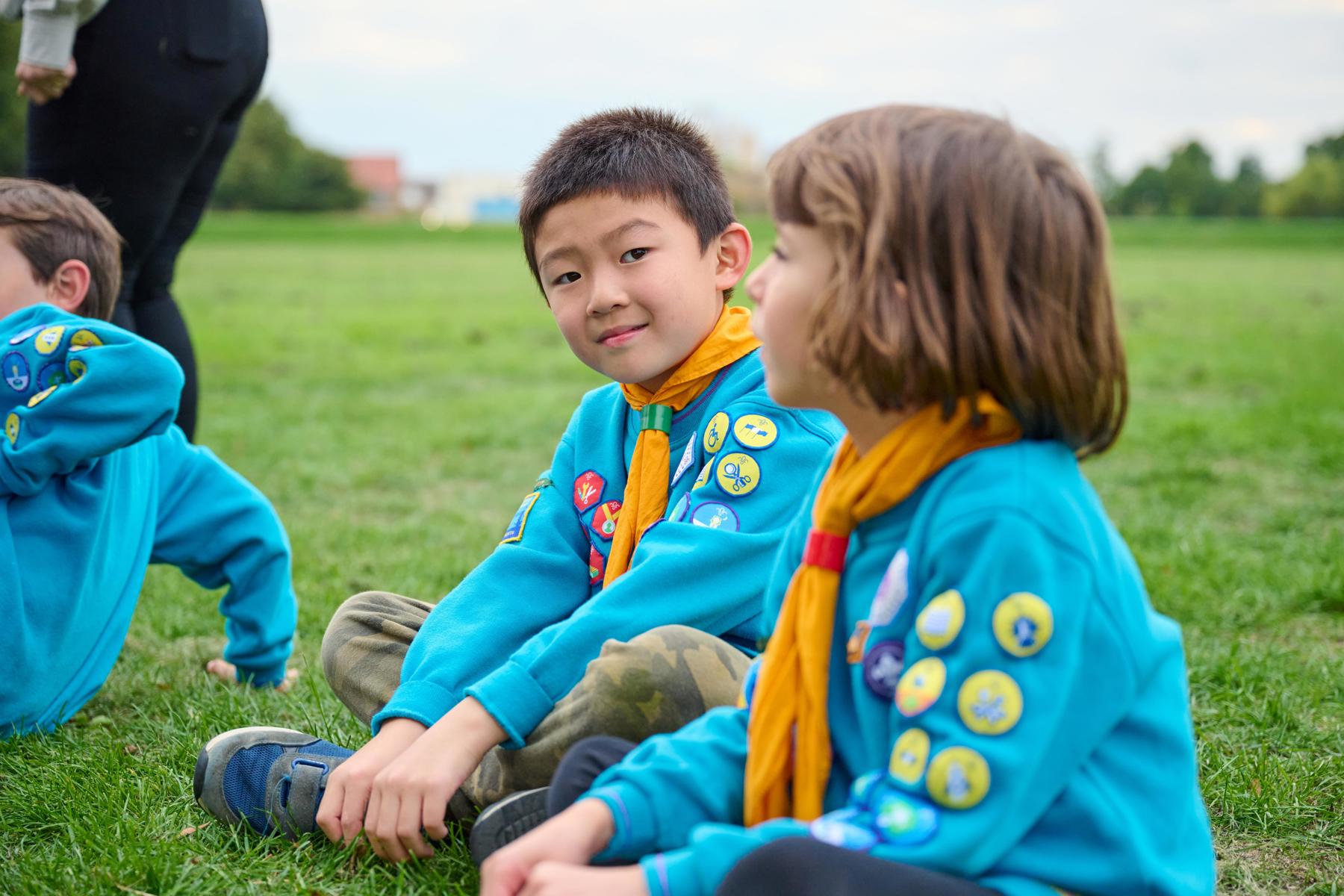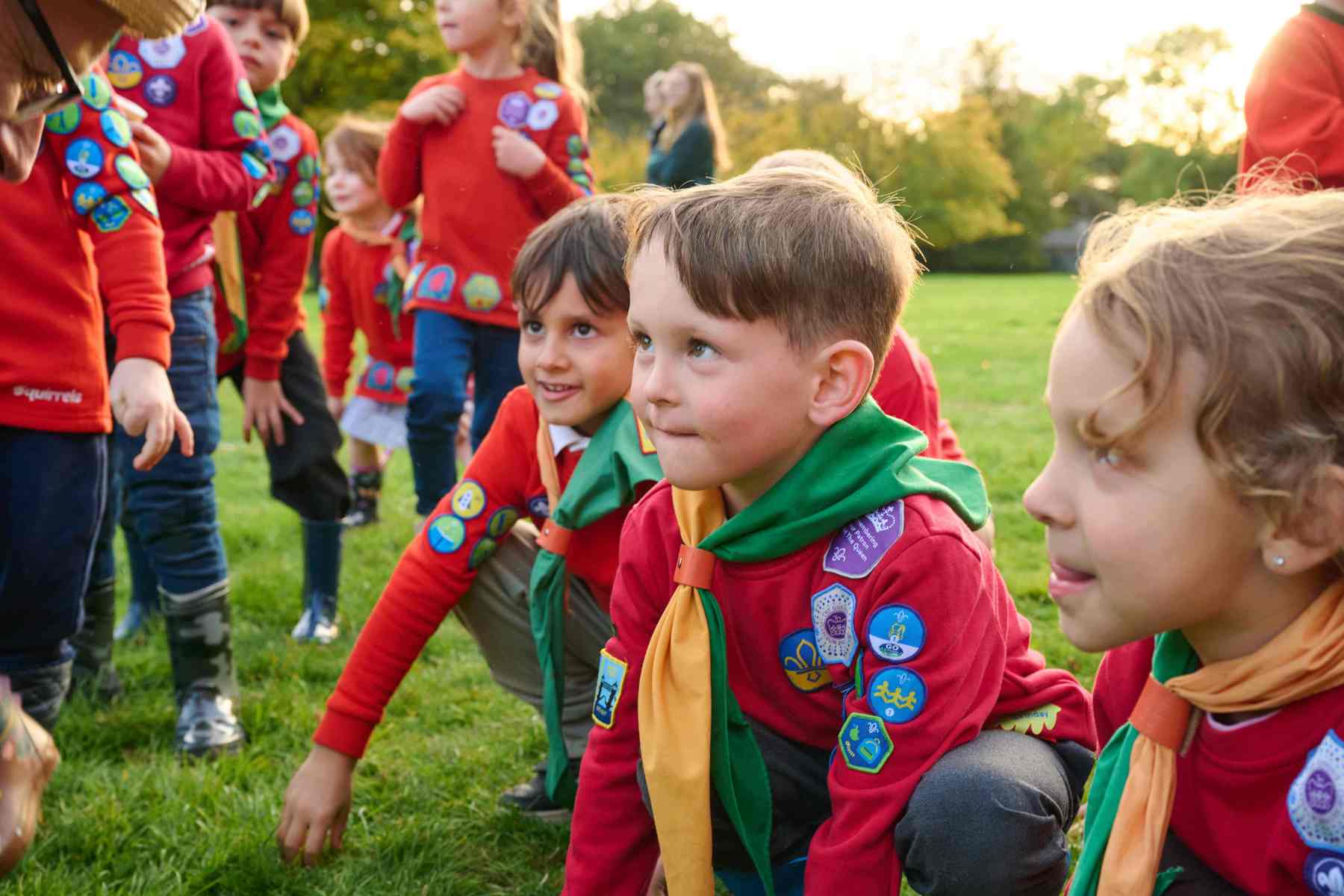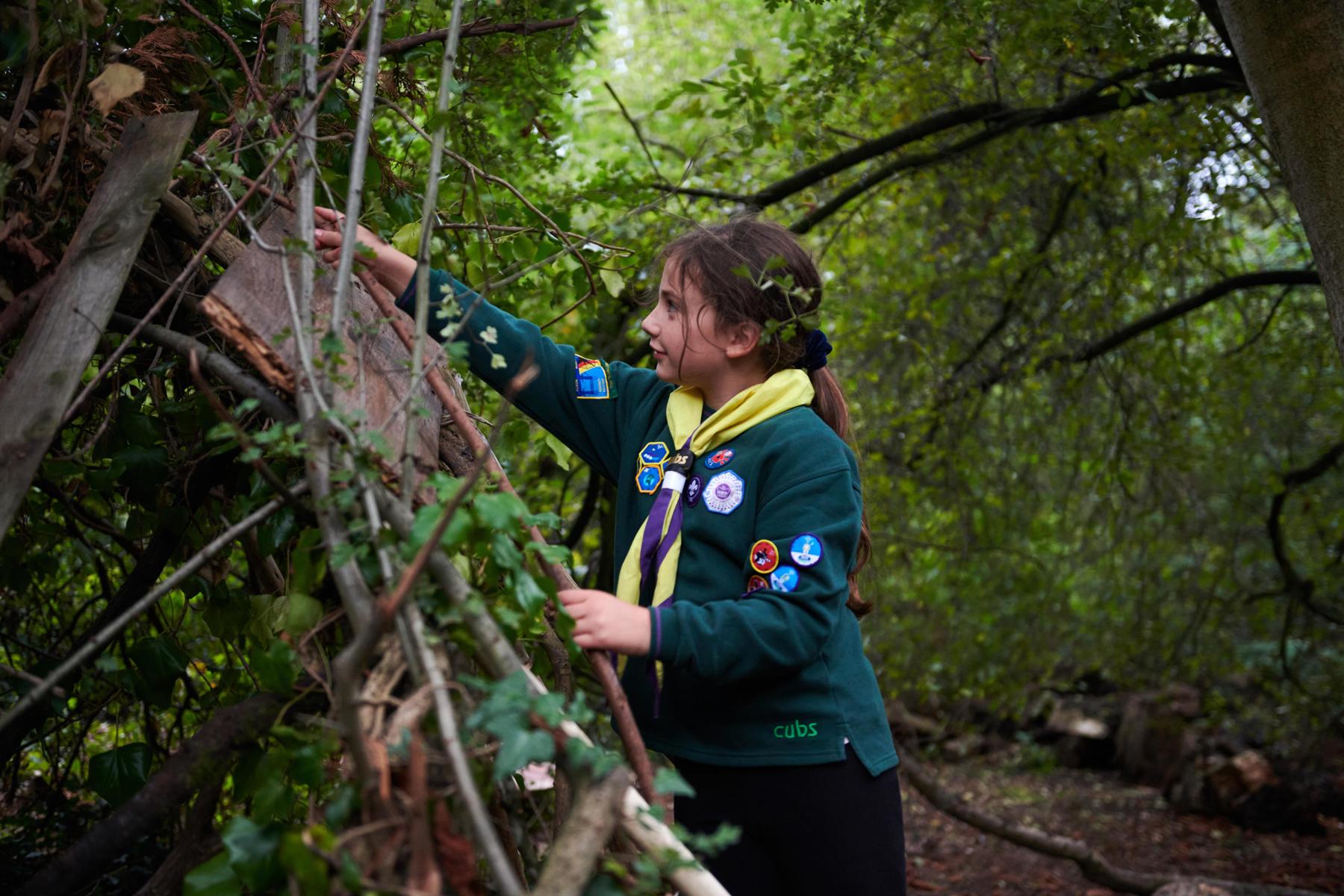70 brilliant ways to present your activity badge work
Animal lover – check. Book worm – check. Photographer – check. Footballer – check. Daredevil – check. You name it, we’ve got a badge for it.
At Scouts, we’ve over 200 brilliant badges, bursting full of activities to inspire, develop curiosity and challenge young people.
Scouts can work together on badges at their weekly meetings, away at camps and events, or even at home. Badges can be easy and fun to earn, and there’s never any pressure to do them. Therefore, Scouts can do as many or as few as they like.

At home, you can choose Scout badges that are all about your interests, hobbies and passions, so doing a badge is a great way to get your creative juices flowing.
But, there are also some more unusual, fun and exciting ways to complete the clauses. We’ve created this list for you to use as inspiration. Remember, you can come up with your own ideas, too!
So, to get your next Scout badge, why don’t you try something new and fun from our list below?

- Create a fun cartoon strip or comic book.
- Make a puppet – it could be out of a sock, a spoon or recycled materials.
- Design and make your own board game – you could use a cereal box.
- Get knitting! Present your idea through embroidery, crochet, knitting, sewing or cross-stitch.
- Make a mural or collage using newspapers, magazines, or pictures – or something else!
- Create a piece of art – you could use something unusual, such as wrapping paper, bubble wrap, tissue paper, or paint a picture.
- Recycle some old fabric – you could try tie dyeing (or create your own design) on a piece of clothing, or display ideas on bunting.
- Create a scrapbook or photo album to share with your group.
- Create a bullet journal or diary and document your ideas.
- Create a flip book to tell a fun, fast story or share a message.
- Make a piece of jewellery or design a badge to share your ideas.
- Make a mood board, bursting full of colour and information.
- Build a sculpture – try clay, LEGO, plasticine, or clean, dry, items from the recycling.
- Get baking – can you bake something tasty, creative, and relevant to your topic? Will it share a message with a fun icing design?
- Design and make a placard to help share your campaign.
- Make a speech and answer questions on the topic.
- Create a new song or rap that you can perform.
- Come up with a new dance then teach it to someone.
- Act out your story, idea or event in a short play.
- Write a script and then get people to read it out.
- Think of some jokes to tell or a magic trick to perform.
- Give a presentation to your section – you could make some handouts or slides to go with it.
- Tell a story to your group – you could ask everyone to close their eyes and hand round objects to feel to make it more sensory and bring your story to life.
- Make a timeline of events – such as your topic through history.
- Think of an experiment to do and try it out.
- Think of something you want to find out more about, then do some research into it.
- Use a Venn diagram to compare different areas of your topic.
- Draw a diagram that shows how something works, then label it.
- Draw a bar charts, pie chart or graph to show your findings or research.
- Present your research to the group or make an information board.
- Make a map showing your findings or work.
- Keep a diary and show any changes, research or findings – you could add drawings or pictures.
- Create a survey or questionnaire for people to answer, then present the results.
- Keep a diary or journal where you are acting as a relevant person.
- Write or draw postcards to share your ideas, actions or discovery.
- Write a creative story to tell people about your topic.
- Make a word search or crossword puzzle – or even a puzzle book.
- Write a biography about someone significant to your topic.
- Write a newspaper or magazine article to share the information.
- Create leaflets or pamphlets to help inform people.
- Write a persuasive letter about your topic.
- Make your own recipe and see how you can make it relevant to the topic.
- Create a children’s story, comic strip or design a picture book.
- Write a fable or myth – what characters will you think of and include?
- Write a poem – it could be a haiku, acoustic or in rhyming couplets.
- Design a handbook or instruction book to help people – you could create a glossary. of relevant terms or find a way to make it fun.
If you’re presenting a badge using the internet, remember to stay safe online.
If you’re sharing a video you’ve made, photos you’ve taken or your playlist, make sure any links are private, so your stuff is only accessed by the people you’ve sent them to and ensure you get a grown up's permission before posting anything online.
Take a look at BBC Own It’s online safety advice for more help on staying safe online.
- Take photographs and think of an interesting way to display them.
- With an adult’s help, make a social media campaign or message to share.
- Become a vlogger, have fun presenting or doing the voiceover, and make a video to inspire others.
- Have a go at being a director, scriptwriter or actor and make your own film.
- Create your own TV advert to persuade or inspire others.
- Put together a catchy radio jingle.
- Have a go at making and presenting an instructional video or short documentary.
- Gather your favourite songs together and make a playlist.
- Create a video game or app for other people to try.
- Create a podcast or audiobook then share it with your group.
- Create a quiz and get people to play along.
- Organise a fundraising event for people to come to.
- Do an interview where you are acting as the relevant person.
- Put together your own art gallery, full of your own masterpieces.
- Make a mini museum of objects by bringing in your collection and display it for everyone.
- Invent or take part in a new sport and lead the group.
- Visit a museum, library or local place and speak to people.
- Help plan a speaker to visit the group.
- Think of or invent a game or activity for your group, then run it.
- Have a panel discussion of experts.
- Assemble a time capsule and share it with the group before it’s buried.
- Start a club, such as a book club, and make recommendations.
- Create a scavenger hunt to run with your group.
- Try to interview someone and create some interesting questions.

Now you’ve got lots of ideas, remember to show us how you earn your next badge by tagging us on social media with @Scouts
Remember, to get your badges at home, you need to show your work to your Scouts volunteer team. You might show your Scouts section volunteers what you’ve done to complete the badges by taking photos and videos of your doing the activity, bringing your work into Scouts to show them, or by writing down what you’ve done.